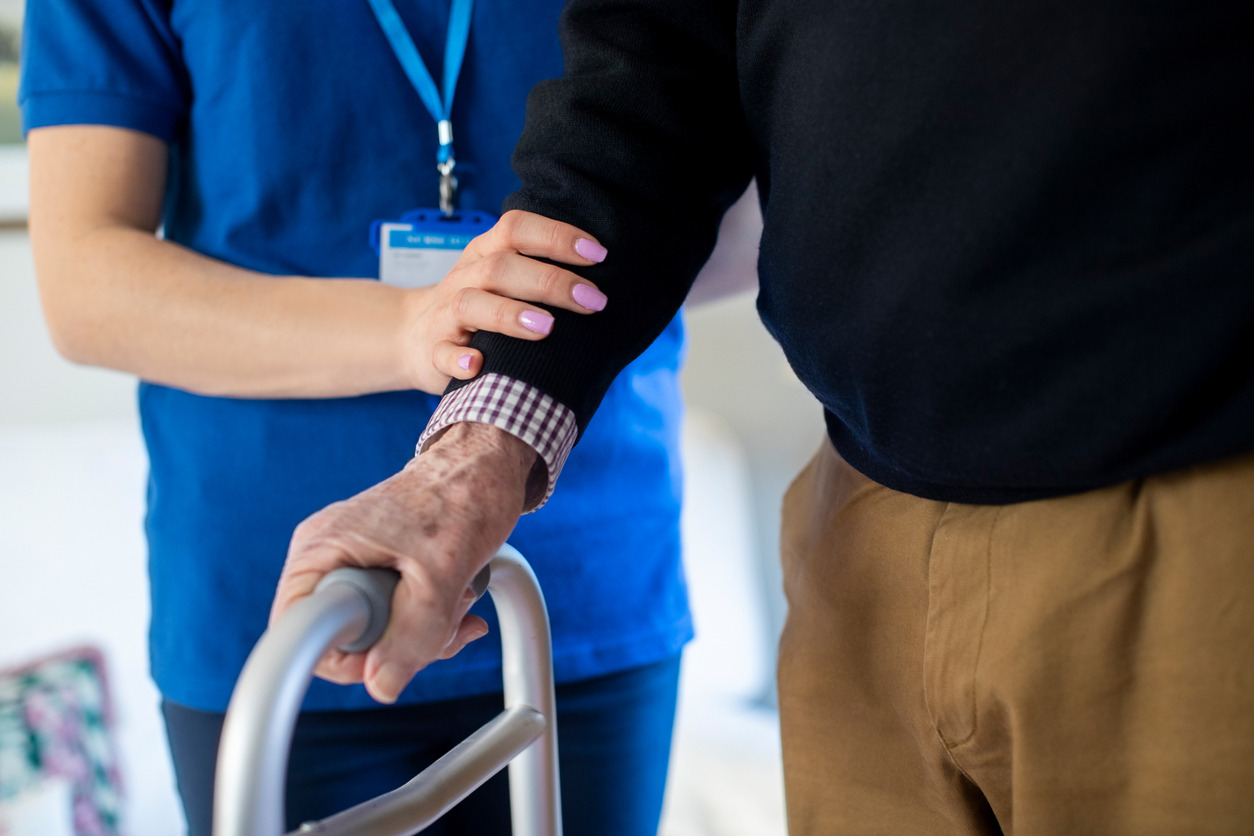Across the United States, millions of elderly individuals rely on the care and support of nursing homes. These facilities are bound by a duty to provide compassionate medical care and safe living conditions for their residents. Unfortunately, elder abuse is all too common. When a long-term care facility is accused of abusing patients, this can have negative ramifications for the facility itself, its staff members, and its residents. Identifying and understanding common forms of elder abuse is the first step in a protective risk management strategy for nursing homes.
Elder Abuse in Nursing Homes: Alarming Statistics
For years, the long-term care industry has been plagued by allegations of widespread elder abuse. In 2002, a study was presented before the United States Senate. Covering a study period of three years (1999-2001), the study showed that:
- About 1/3 of all U.S. nursing homes were given a citation for an abuse violation;
- 10% of cited facilities engaged in abuse violations that put elderly residents at risk of physical or mental harm.
According to the online information clearinghouse Nursing Home Abuse Center, nearly one in every 10 people over the age of 65 will experience some form of elder abuse every year, including many who reside in nursing homes or skilled care facilities. These incidents may go unreported; in a study compiled by the New York State Office of Children and Family Services, only about one in every 24 elder abuse cases were reported to regulatory authorities. It is clear from these figures that elderly individuals are at a high risk of experiencing abuse at the hands of others, such as the caregivers they trust.
Caregiver burnout and excessively high employee turnover are some of the factors that may lead to allegations of elder abuse. Nursing homes must manage these potential risks in order to better protect the lives and safety of their residents.
The 7 Common Forms of Elder Abuse
Elder abuse can take many different forms, and each can negatively impact the health and safety of abuse victims. From a nursing home management perspective, allegations of abuse can harm financial stability and may result in expensive nursing home insurance and legal claims. The seven most common forms of elder abuse are:
Physical abuse – use of force that can lead to injury or other physical harm.
Emotional/psychological abuse – intentional acts that cause distress, fear, or emotional pain.
Neglect – failure to care for or protect an elderly individual’s needs that results in injury or distress.
Sexual abuse – unwanted sexual contact of any type with another adult individual.
Abandonment – intentional desertion of a caregiver or family member.
Financial abuse – unlawful and unauthorized use of an elderly person’s financial assets, which may include coercion, forgery, theft, or fake accounts in the victim’s name.
Self-neglect – abuse when an elderly individual is no longer able to care for him or herself and does not make the necessary arrangements for support and care from another person.
Warning Signs of Elder Abuse
Just as there are many forms of elder abuse, so too are the variety of warning signs. Caregivers and family members should receive training on identifying these warning signs and reporting them to the appropriate managers or authorities if abuse is suspected. Warning signs of elder abuse may include:
- Dehydration, weight loss, and malnutrition
- Unexplained bruises, scrapes, or cuts
- Broken bones
- Withdrawal from social engagements
- Bruises or bleeding of the genital areas
- Fear or agitation around certain individuals
- Unusual bank account activity, including frequent withdrawals or loss of personal property
- Restraint marks
Again, it is critical that caregivers, nursing home managers, and family members each receive training on identifying these common warning signs of elder abuse. By identifying them, mechanisms for reporting and control or elimination of abuses can help protect at-risk residents from serious harm. Finally, nursing homes have an obligation to report elder abuse cases to the authorities, helping to manage the potential for expensive insurance claims and devastating lawsuits filed by abuse victims.
About Caitlin Morgan
Caitlin Morgan specializes in insuring assisted living facilities and nursing homes and can assist you in providing insurance and risk management services for this niche market. Give us a call to learn more about our programs at 877.226.1027.


